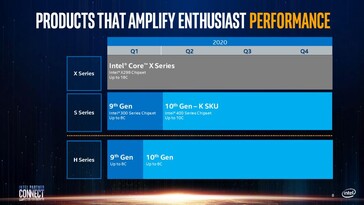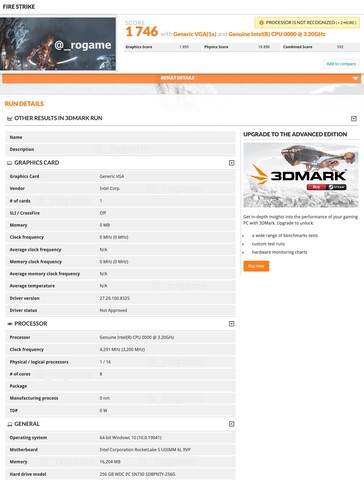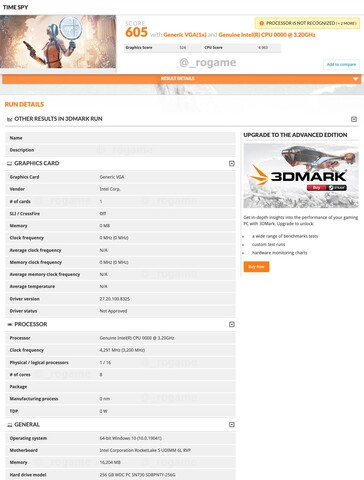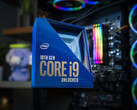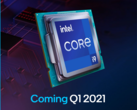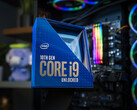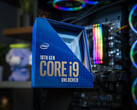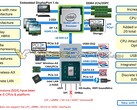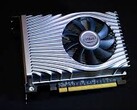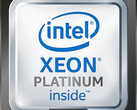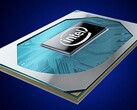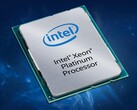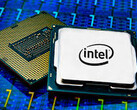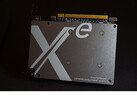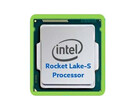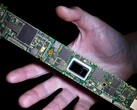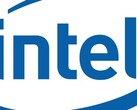Rocket Lake-S is touted to be the successor to Intel 10th gen Comet Lake-S. Comet Lake is already being seen as a saturation point for what is essentially the 14nm Skylake architecture that has been refined over the years. Sure, the Core i9-10900K offers higher clocks, a couple of extra cores, and improved overclocking, but the 10th gen Comet Lake-S does not seem to offer any real incentive to upgrade for the average Joe/Jane already rocking 9th gen parts. Now, several new leaked benchmarks indicate that Rocket Lake may further cede ground to AMD Ryzen.
Firstly, we get to know that Intel may actually not launch Rocket Lake later this year as was originally speculated. A roadmap from a recent virtual Intel Partner Connect event on how to win over PC enthusiasts was spotted recently by Tom's Hardware. According to this roadmap, there may not be any new HEDT products this year and all that Intel will offer is the 18-core 36-thread Cascade Lake-X Core i9-10980XE. This means that we will have to wait till 2021 to witness the 24-core Ice Lake-SP for HEDT in action.
The slide also shows only 10th gen SKUs listed for 2020, which means we may not get to see Rocket Lake-S this year as well. This is to be expected as launching Rocket Lake within a few months of Comet Lake would essentially render the latter outdated.
Although Rocket Lake is still based on the 14nm process, it is actually a backport of 10nm Willow Cove architecture used in Tiger Lake. Therefore, Rocket Lake-S will top-out at a maximum of just eight cores compared to Comet Lake's 10. However, Rocket Lake could bring in significant IPC improvements that may somewhat offset the lesser core count. It is being touted that Intel may make architectural adjustments such as going back to the conventional SVID VRMs and lesser Gen12 Xe EUs in the iGPU to accommodate the "larger" CPU cores.
A SiSoftware entry discovered by leaker @TUM_APISAK shows the Gen12 Mobile Graphics in Rocket Lake to have 32 execution units (EUs). The low EU count seems to be somewhat hinder the Gen12 Xe's early Fire Strike and Time Spy scores, which @_rogame managed to unearth recently.
In Fire Strike, the Gen12 Xe in Rocket Lake scores 1,895 points in Graphics, 18,898 in Physics, and a total score of 1,746. Though these are still preliminary numbers, they aren't much higher than what we have already seen with the UHD Graphics G1 in Ice Lake. Gen12 Xe in Rocket Lake seems to offer about a 7.4% improvement in Fire Strike Graphics and an overall Fire Strike score increase of just about 4%.
In Time Spy, the we get to see Rocket Lake-S scoring 524 points in Graphics, 4,963 points in CPU, and a total score of 605. This is about 10% higher than Time Spy scores posted by Ice Lake's 32 EU UHD Graphics G1.
It is still unclear how Intel actually wants to position Rocket Lake-S. Despite the purported IPC improvements, mainstream desktop users will want to have more cores to speed up their daily workflow. By restricting the number of EUs to just 32, it looks like Intel is pushing users to opt for dGPUs for those who need a lot more graphics prowess. In any case, AMD will be ready with Ryzen 4000 Zen 3 Vermeer offerings that offer a more efficient process, higher clocks and possibly more cores than current Ryzen 3000 offerings.


 Deutsch
Deutsch English
English Español
Español Français
Français Italiano
Italiano Nederlands
Nederlands Polski
Polski Português
Português Русский
Русский Türkçe
Türkçe Svenska
Svenska Chinese
Chinese Magyar
Magyar
